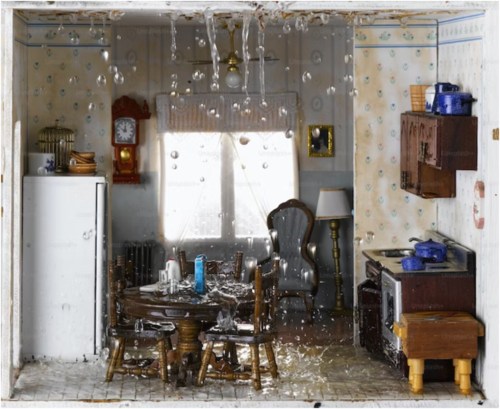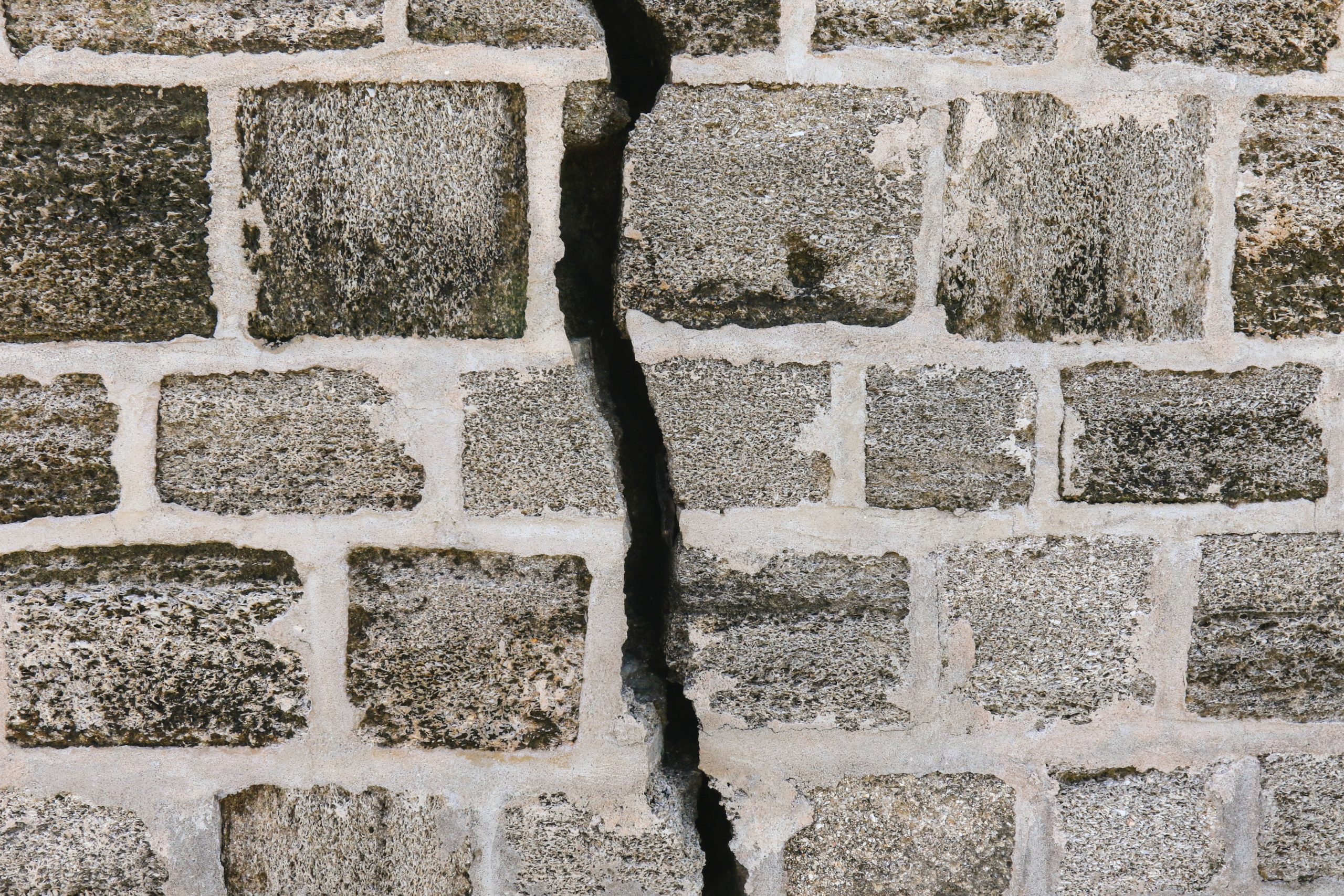Cracks in walls are an inevitable part of homeownership and property ownership. While some cracks may be completely harmless, others can indicate significant structural damage to the building that requires serious attention. Read on to learn more about what causes these wall cracks, when you should worry about them, and where homeowners should turn for help if they think their walls need repair or reinforcement.
Foundation Settling and Shifting
Potential foundation settling and shifting can cause a lot of headaches for homeowners. When homes are built, foundations are meant to support the weight of the house, but changes in the soil underneath the foundation can cause it to shift, crack, or even collapse. It’s important to keep an eye out for signs like uneven floors, cracks in walls, or sticking doors and windows. Fortunately, hiring local services like wall crack repair service in Adelaide, or wherever you reside can help address these issues before they become major problems. Don’t wait until it’s too late – make sure to take action quickly, as it will protect your home and/or your investment. Especially if you live in a high-risk area, like one with expansive clay soil or the potential for floods.
Uneven floors are a clear indication that something is wrong with the foundation. Sloping floors or those that feel spongy underfoot are a sign that part of the foundation may be experiencing settlement or movement. Another clear sign is cracking in walls, especially those that are wider than one-quarter of an inch. These cracks can indicate serious issues with the foundation.
Poor Construction Practices
Poor construction practices can spell disaster for any project. Negligent construction habits can lead to serious safety concerns and costly repairs. Unfortunately, these malpractices are all too common, regardless of the size or scope of the project. It is crucial that all individuals involved in construction projects, from the design team to the builders themselves, take responsibility for their work and prioritize safety and quality. Cutting corners or rushing through a project can have serious consequences, both for the reputation of those involved and for the physical well-being of those who will use the finished product.
Prompt and appropriate steps should be taken to avert any construction malpractices that might be detrimental to a structure’s integrity. Homeowners must remain vigilant about any cracks in their walls and take appropriate action when they encounter structural problems. By prioritizing safety and quality in all construction projects, we can prevent costly repairs and put people’s lives at risk.
Weather Extremes
Nature can be unpredictable, and weather extremes can occur at any time. From scorching heat waves to frigid blizzards, these events can have a significant impact on our daily lives. While we all know that weather can be fickle, it’s still disconcerting to see how rapidly things can shift. One day, it might be pleasantly warm, and the next, we’re facing a torrential downpour. These events act as a reminder that we’re never truly in control.
However, we can take steps to prepare for these events by being informed and taking action when necessary. In the end, weather extremes may be inevitable, but our response to them can make all the difference.
When it is hot outside, or when there is lots of rain, these kinds of weather can make the ground move and cause the walls to crack. Homeowners should worry more if they live in an area with clay soil or where floods happen often.
Water Damage/Poor Drainage
Dealing with the aftermath of water damage due to poor drainage can be a daunting task. Due to its uniqueness, water damage can either be small or major and catastrophic. Water damage, if not remedied promptly, can lead to structural deterioration, mold growth, and even health hazards. The key to handling water damage is to address it immediately. The longer it is left untreated, the higher the chances of long-term damage. With the right help and the proper equipment, water damage can be fixed and prevented in the future. So whether it’s a flooded basement or a leaking roof, taking action as soon as possible can save you time and money in the long run.
If you see cracks in walls, uneven floors, doors, or windows that are stuck, these can mean that there is water damage. If this happens, it’s important to get help right away before the damage gets worse. Water damage can make your house unsafe and cost a lot of money to fix.

Earthquakes/Vibrations
Earthquakes are one of the most fearsome natural phenomena on the planet. When the earth trembles, everything in its way is affected. Buildings sway, the ground rumbles, and people feel a rolling sensation beneath their feet. One of the most common results of an earthquake is basements bowing inward due to the shifting foundation. These vibrations can cause immeasurable damage to infrastructure, homes, and people’s peace of mind. While we cannot predict when or where an earthquake will occur, it is essential to be informed about how to prepare for and respond to this powerful force of nature.
If you notice these cracks after a major earthquake or strong vibrations, they could indicate structural instability and should be addressed immediately. Whether you think there was or wasn’t any major issue, you should still call in a structural engineer or building inspector for a thorough inspection. They can determine the cause of any damage and suggest repair methods to keep your home safe and secure.
Foundation Movement
Foundation movement is a serious problem that can cause cracks in walls and even lead to the collapse of a building. The foundation of a building is its basic support system, which keeps it from shifting or sinking into the ground. Unfortunately, many factors can cause the foundation to move, including changes in the soil composition, poor construction practices, and even weather extremes. In some cases, cracks may appear only in certain parts of the building, while in other cases, the entire structure may become compromised.
Some of the signs that your building may be experiencing foundation movement include uneven floors, sticking doors and windows, and cracks in walls. These signs may indicate that the foundation has shifted or sunk, causing structural damage to your building.
Foundational shifts, poor construction practices, extreme weather events such as flooding and earthquakes or other vibrations, and water damage or improper drainage can all be responsible for wall cracks. If you are addressing cosmetic wall cracks, many people look no further than a quick coat of paint or spackling paste. However, if you have larger structural problems in terms of foundation movement, it’s important to seek out an experienced contractor who can identify and address underlying issues before any cosmetic improvements are made.

